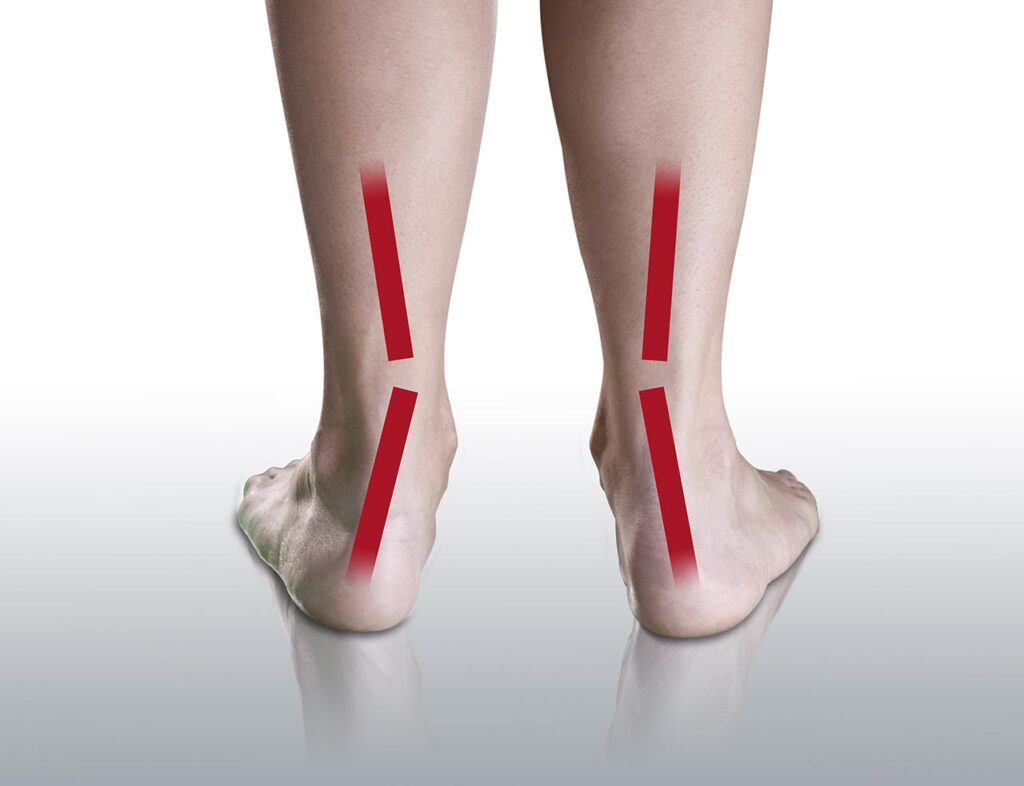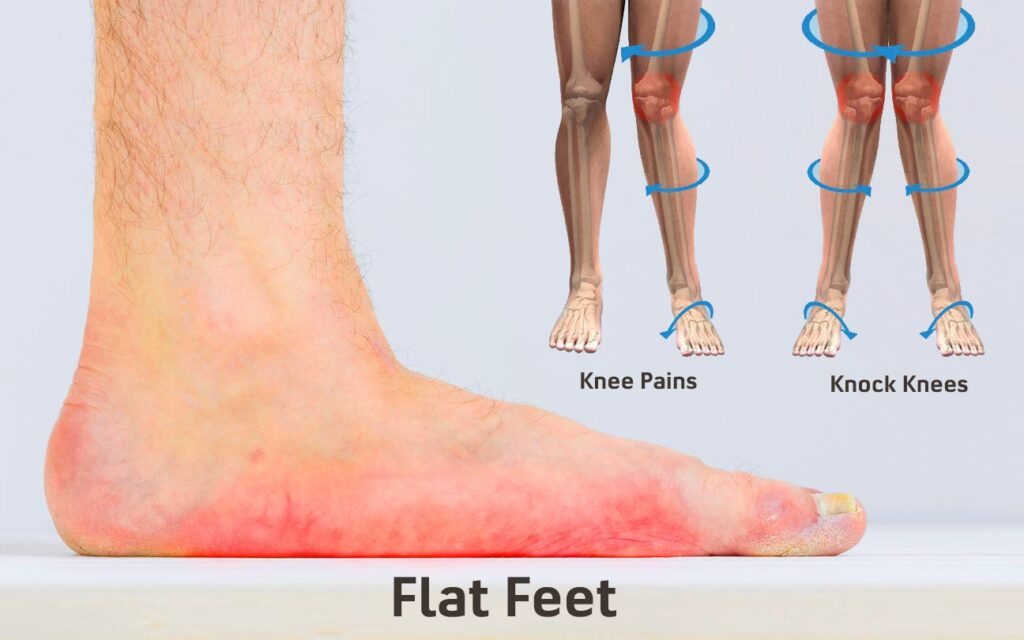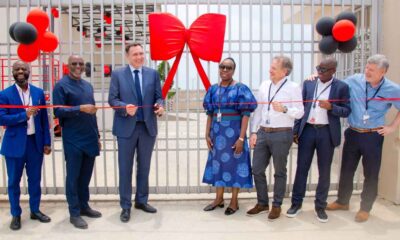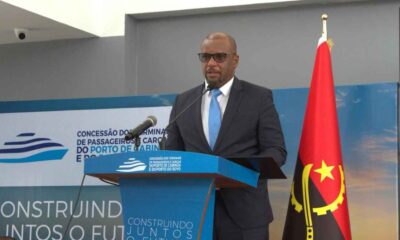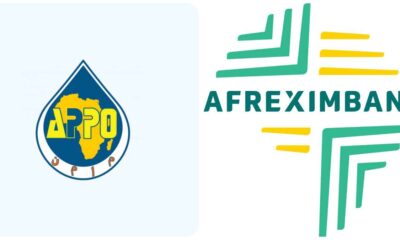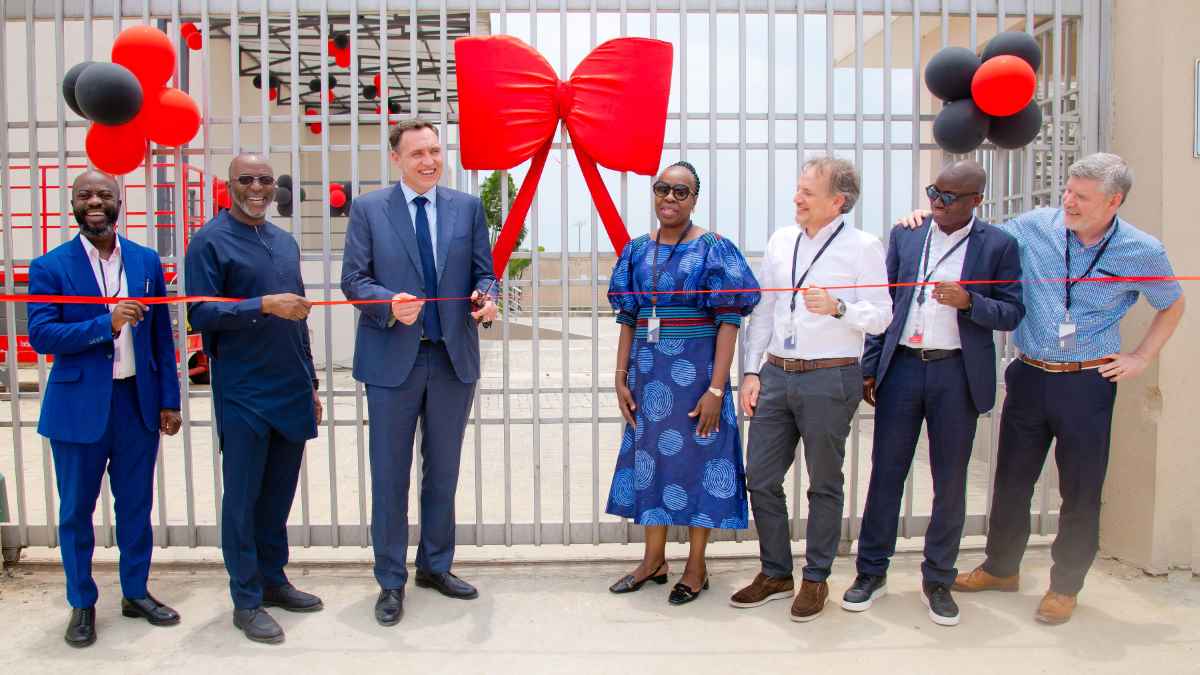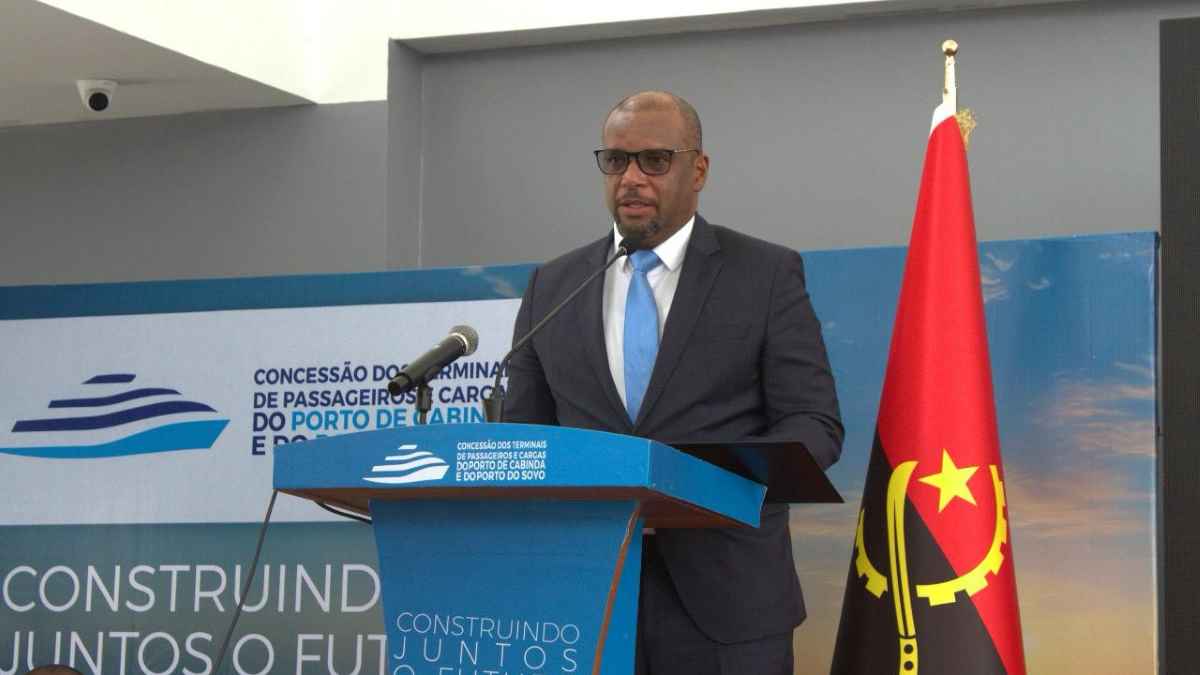LUANDA, Angola, April 2, 2025/APO Group/ –With a $60 billion upstream investment pipeline, a 2025 licensing round and restructured block opportunities, Angola is positioning itself as the premier destination for upstream investors. Meanwhile, new downstream projects are opening up financing opportunities for technology and capital providers. Against this backdrop, the Angola Oil & Gas (AOG) conference and exhibition returns for its sixth edition from September 3-4 in Luanda, bringing together industry leaders to explore investment opportunities, forge collaborations and drive Angola’s oil and gas sector forward. Here is what to expect from this year’s edition:
Celebrating 50 Years of Angola
Taking place on the eve of Angola’s 50th anniversary of independence, AOG 2025 will celebrate five decades of growth in the country’s oil and gas sector. By reflecting on past successes, challenges and lessons learned, the event will not only highlight Angola’s profitability and potential, but also lay the groundwork for future investment and development.
Multi-Track Agenda
AOG 2025 offers a dynamic multi-track agenda designed to cater to all segments of the oil and gas value chain. Topics range from upstream exploration and production, to downstream refinery and petrochemical advancements, to regulatory and policy frameworks, and more. Keynote presentations and panel discussions will also provide insights into Angola’s latest licensing round and emerging opportunities in the oil and gas sector.
Pre-Conference Program
Leading up to the main event, AOG 2025 introduces an expanded pre-conference program, including specialized technical workshops and training sessions led by global energy experts. Designed for engineers, geologists, project managers and energy financiers, these sessions will explore cutting-edge advancements in drilling technologies, reservoir management, digital transformation and sustainable energy practices. To take part in the pre-conference program, contact sales@energycapitalpower.com
Dedicated Deal Room
A centerpiece of AOG 2025 is the exclusive Deal Room, designed as a high-impact ‘Dragon’s Den’-style platform where companies, service providers, SMEs and technology firms can showcase their solutions to investors, project developers and government representatives. This setup fosters direct engagement, driving collaboration and deal-making.
Expanded Exhibition
AOG 2025 will feature an expanded exhibition space, spotlighting the latest technologies, services and innovations shaping the oil and gas industry. Exhibitors will gain access to unparalleled brand exposure, senior decision-makers, high-value networking and targeted lead generation. The exhibition serves as a vital platform for companies looking to increase visibility and forge new business relationships.
Networking Prospects
As Angola’s largest oil and gas industry event, AOG 2025 welcomes the participation of over 2,500 attendees from 40 countries and 450 organizations. The event unites the entire oil and gas value chain, connecting upstream exploration and production to downstream infrastructure and services to finance, policy and technology. Delegates will have the unique opportunity to strengthen cross-sector collaboration and grow their brand in one of Africa’s most exciting oil and gas markets.
Secure Your Place at AOG 2025
Don’t miss the chance to engage with one of Africa’s largest oil and gas markets. Join the AOG 2025 conference today and be a part of the discussion on turning Angola’s oil and gas industry into a fuel for long-term, sustainable economic development. AOG 2025 offers a range of participating opportunities, including sponsorships, exhibition, speaking slots and delegation prospects. Visit www.AngolaOilandGas.com for more information.
AOG is the largest oil and gas event in Angola. Taking place with the full support of the Ministry of Mineral Resources, Oil and Gas; the National Oil, Gas and Biofuels Agency; the Petroleum Derivatives Regulatory Institute; national oil company Sonangol; and the African Energy Chamber; the event is a platform to sign deals and advance Angola’s oil and gas industry. To sponsor or participate as a delegate, please contact sales@energycapitalpower.com.

 Business4 days ago
Business4 days ago
 Business4 days ago
Business4 days ago
 Business2 days ago
Business2 days ago
 Business2 days ago
Business2 days ago
 Business2 days ago
Business2 days ago
 Business2 days ago
Business2 days ago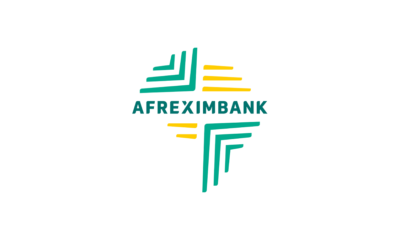
 Business2 days ago
Business2 days ago
 Business2 days ago
Business2 days ago

